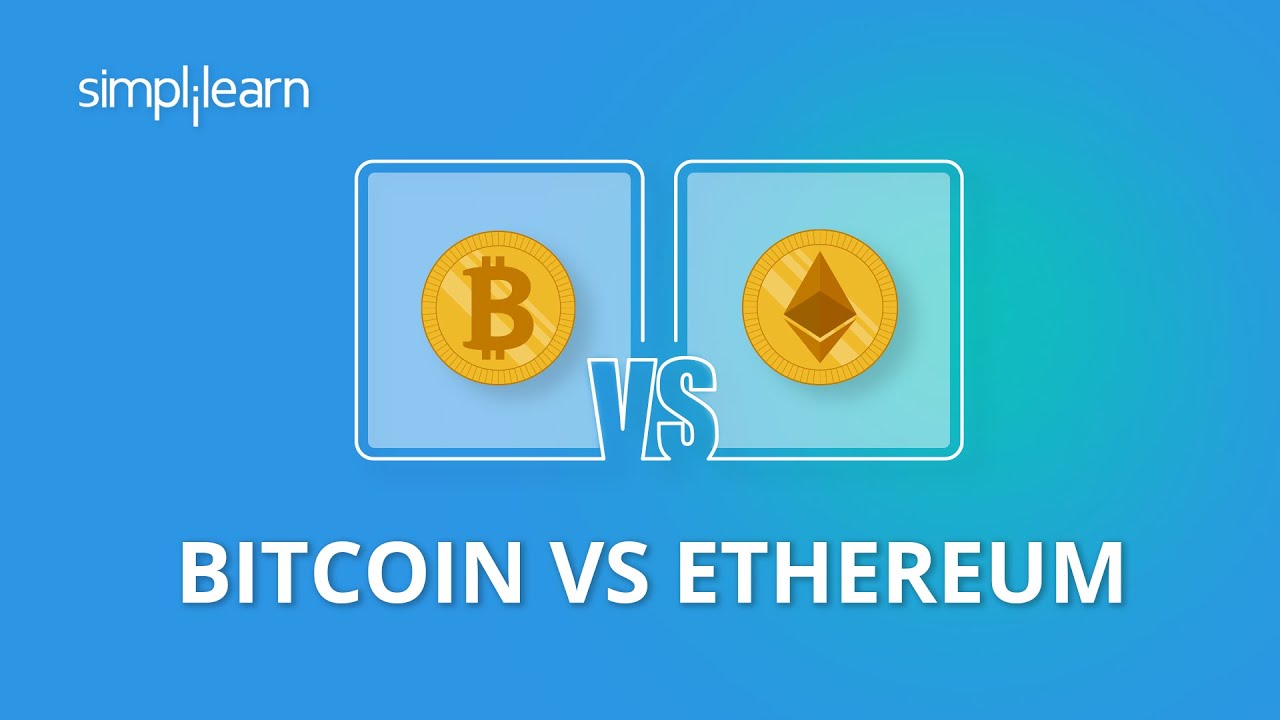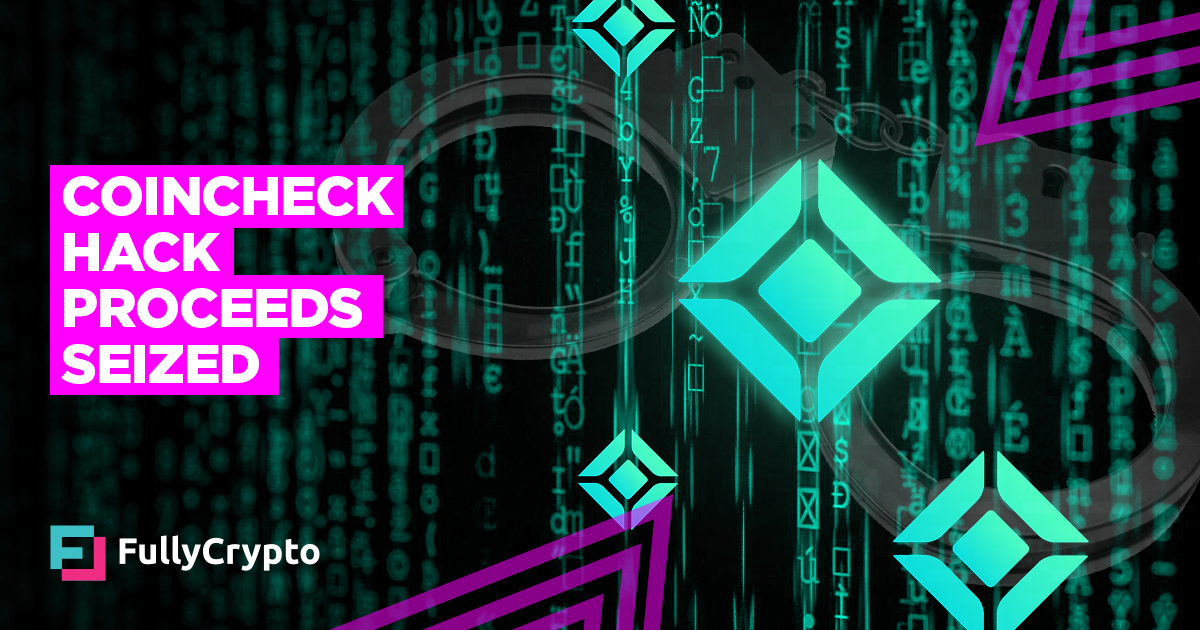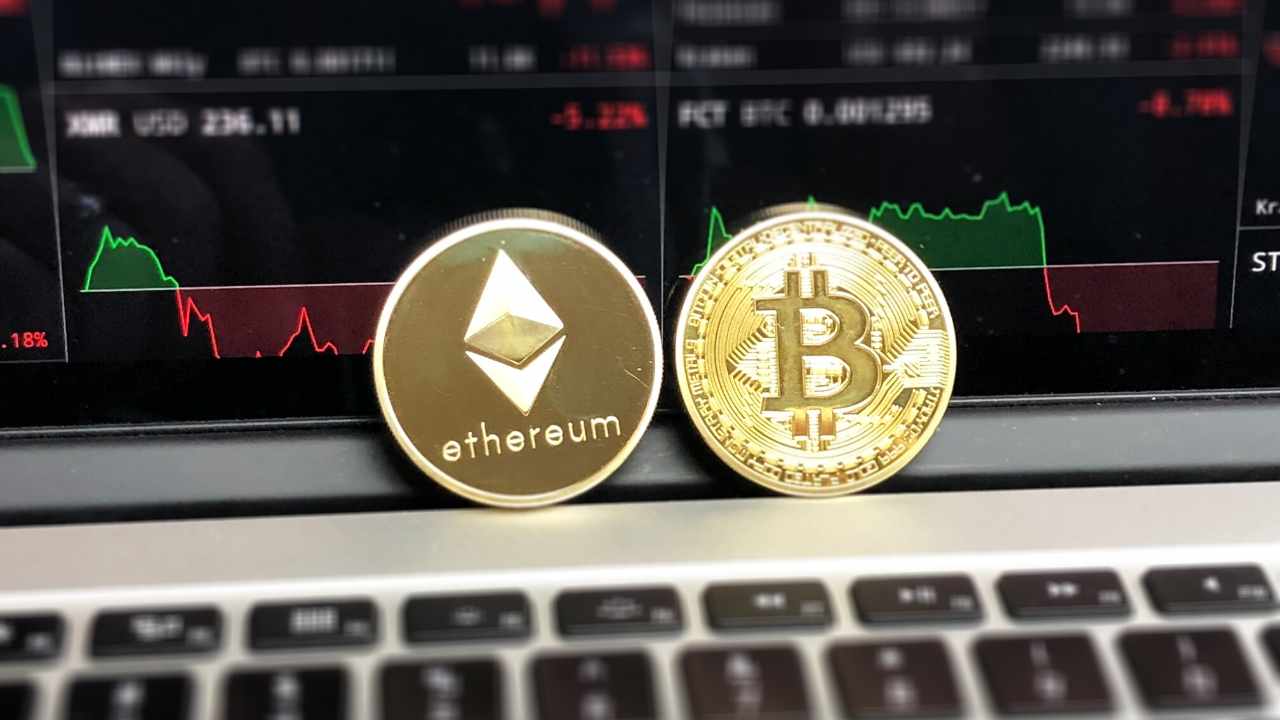
This article will explain the basics of Non-fungible tokens, Blockchain, and Liquidity Risk. It will also explain the artistic worth of a token. These are vital questions to consider when investing in NFTs. Let's look at the most common pitfalls and how we can avoid them. Before making any decision, you should be able to comprehend the concept.
Non-fungible tokens
In the digital age, there has been a significant increase in demand for non-fungible tokens. NFTs may be used to identify anything, including valuable sports trading card or original artwork. A cryptographic record of ownership is encoded into a blockchain and is separate from an item itself. Tokens that are fungible can be used in a similar way to any other digital currency. Here are some uses of NFTs.
Non-fungible tokens are digital units of value that can be used to create cryptographic currencies. NFTs are based upon the blockchain, an open-source data base that stores all transactions. The blockchain acts as an electronic ledger for every transaction. Non-fungible tokens are stored on a shared database. A large network of computers from around the globe must verify that a nonfungible token is not stolen.
Blockchain
NFTs are digital tokens backed by blockchain technology. A blockchain records all transactions. Think of a passbook in a bank: once recorded, the transactions are transparent and cannot be changed. NFTs, as such, are a great way for people to have more control over their finances and invest democratically. But will this system be sustainable? Only time will answer. Let's look at the basics of NFTs and see if they catch on.

NFTs have many uses for the blockchain technology. First, artists can program their digital creations to pay them a royalty whenever that artwork is sold. Steve Aoki is currently developing an episodic series, Dominion X. This will launch on NFTs blockchain. Stoner Cats, an alternative show, uses NFTs as tickets to its shows. While it's still in its early stages and the first episode can be viewed online, it is already available. TOKEn is NFT for the episode.
Liquidity Risk
NFTs are much less liquid than bitcoins and stocks. Instead of buying and selling stocks, you must find a buyer for an NFT before it is liquidated. You could also be at risk as a NFT collector if the stock market crashes and you don't have the funds to sell it quickly. However, many traders are turning to NFTs as a way to earn quick profits.
NFTs have their risks. They can make it hard to sell assets for a fair price, or withdraw funds when necessary. Poly Network and Decentralized Finance are two recent examples of NFT-hacking. This theft resulted is $600 million in NFTs being stolen. Insufficient smart contracts security led to this theft. It is important that investors have a diverse portfolio before investing their entire money in NFTs.
Artistic value
The National Football League is full of beautiful moments, spontaneous and effective, when teams execute their game plans flawlessly. It can be hard to execute a gameplan perfectly, but at the highest level it is done naturally. Both the game plan and the players can have artistic value. Let's take a look at some of the game's highlights. It is beautiful. How does it make us feel? Let's discuss what artistic value means to each team.

Creating them
NFTs can be set up in several ways. You can even manually accept or reject bids. You can also select the royalty percentage. A low royalty amount can deter others from reselling your NFT. While a high royalty percentage will reduce your future earnings, it is possible to lower your royalty percentage. For most marketplaces, the default royalty percentage is ten percent.
Beeple's Everydays, which consists of 5,000 drawings and references 13 1/2 year's events, is an excellent example. NFT collections can be very impressive without the involvement of complex authors. Many of the most successful NFT collection are actually created by people who have a simple idea. By following these guidelines, you can create an NFT yourself and help others reap the benefits. It's never too late to get started.
FAQ
How to Use Cryptocurrency for Secure Purchases?
You can make purchases online using cryptocurrencies, especially for overseas shopping. To pay bitcoin, you could buy anything on Amazon.com. Be sure to verify the seller’s reputation before you do this. Some sellers may accept cryptocurrency. Others might not. You can also learn how to protect yourself from fraud.
How much does it cost to mine Bitcoin?
Mining Bitcoin takes a lot of computing power. Mining one Bitcoin can cost over $3 million at current prices. You can mine Bitcoin if you are willing to spend this amount of money, even if it isn't going make you rich.
How do I start investing in Crypto Currencies
The first step is choosing which one to invest in. Next, find a reliable exchange website like Coinbase.com. You can then buy the currency you choose once you have signed up.
Statistics
- For example, you may have to pay 5% of the transaction amount when you make a cash advance. (forbes.com)
- As Bitcoin has seen as much as a 100 million% ROI over the last several years, and it has beat out all other assets, including gold, stocks, and oil, in year-to-date returns suggests that it is worth it. (primexbt.com)
- A return on Investment of 100 million% over the last decade suggests that investing in Bitcoin is almost always a good idea. (primexbt.com)
- While the original crypto is down by 35% year to date, Bitcoin has seen an appreciation of more than 1,000% over the past five years. (forbes.com)
- Something that drops by 50% is not suitable for anything but speculation.” (forbes.com)
External Links
How To
How to get started investing in Cryptocurrencies
Crypto currencies, digital assets, use cryptography (specifically encryption), to regulate their generation as well as transactions. They provide security and anonymity. Satoshi Nagamoto created Bitcoin in 2008. There have been many other cryptocurrencies that have been added to the market over time.
Some of the most widely used crypto currencies are bitcoin, ripple or litecoin. There are different factors that contribute to the success of a cryptocurrency including its adoption rate, market capitalization, liquidity, transaction fees, speed, volatility, ease of mining and governance.
There are many options for investing in cryptocurrency. The easiest way to invest in cryptocurrencies is through exchanges, such as Kraken and Bittrex. These allow you to purchase them directly using fiat currency. Another method is to mine your own coins, either solo or pool together with others. You can also purchase tokens through ICOs.
Coinbase, one of the biggest online cryptocurrency platforms, is available. It lets users store, buy, and trade cryptocurrencies like Bitcoin, Ethereum and Litecoin. Funding can be done via bank transfers, credit or debit cards.
Kraken is another popular platform that allows you to buy and sell cryptocurrencies. It lets you trade against USD. EUR. GBP.CAD. JPY.AUD. Trades can be made against USD, EUR, GBP or CAD. This is because traders want to avoid currency fluctuations.
Bittrex is another popular platform for exchanging cryptocurrencies. It supports over 200 different cryptocurrencies, and offers free API access to all its users.
Binance is a relatively young exchange platform. It was launched back in 2017. It claims to be one of the fastest-growing exchanges in the world. It currently trades volume of over $1B per day.
Etherium is a blockchain network that runs smart contract. It relies on a proof-of-work consensus mechanism for validating blocks and running applications.
In conclusion, cryptocurrencies are not regulated by any central authority. They are peer–to-peer networks which use decentralized consensus mechanisms for verifying and generating transactions.